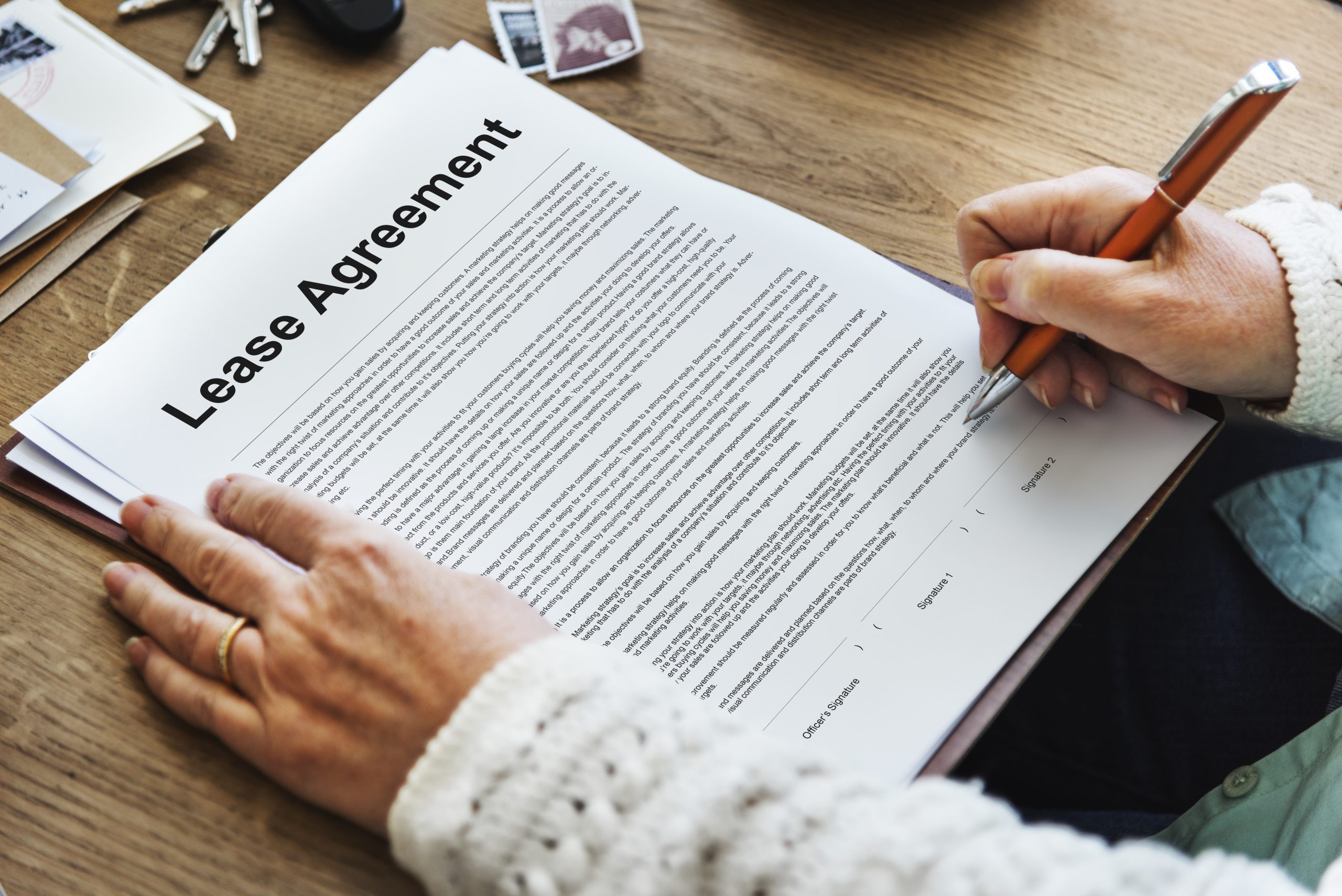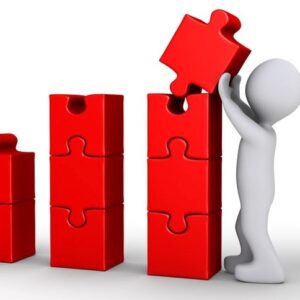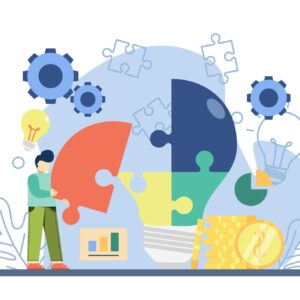The decision between obtaining essential business equipment through leasing (with an option to own) or purchasing outright with a loan is a strategic choice that can have long-lasting financial implications for your company.
At Global Financial & Leasing Services (GFLS), our experts are always prepared to help you thoroughly compare your options, so you have the knowledge to make an informed decision that aligns with your budget and business objectives.
We know you understand your business and finances better than anyone. We recommend discussing financial implications of leasing to own versus obtaining a loan to buy with your accounting expert and with our Certified Lease and Finance Professionals (CLFP) to help guide you in the right direction.
Related Reading: Working with a Certified Lease and Finance Professional (CFLP) is a Smart Decision
The following is a broad overview of information to keep in mind when deciding between lease to own or loan to buy your business equipment.
Understanding Lease to Own
The Advantages:
- Reduced Initial Expenditure: Leasing has the potential to eliminate the need for a large down payment, offering you a way to gain necessary equipment without a significant initial financial outlay. This allows you to save capital for other operational needs.
- Adaptability and Technological Edge: Leasing agreements can offer the flexibility to upgrade to the latest equipment models at the lease’s end, ensuring that your business remains at the forefront of technology without the full cost of purchasing new equipment. If you’re in an industry where technology upgrades are essential to remain competitive, leasing makes sense.
- Tax Efficiency: Lease payments may be deductible as business expenses, offering potential tax benefits and reducing the overall cost of the leasing arrangement.
The Possible Drawbacks:
- Cumulative Costs: The total leasing cost over time can surpass the purchase price of the equipment, making it a more expensive option in the long run.
- Conditional Ownership: During the leasing period, the lessee (you) does (do) not own the equipment, which could be a disadvantage for businesses that prefer or require asset ownership.
What Lease to Own Looks Like in the Real World
Consider a medical office startup that opts for a lease-to-own arrangement for state-of-the-art healthcare equipment. This choice allows the startup to mitigate upfront costs, maintain financial flexibility and ensure it remains technologically relevant to patients, with the option to purchase the equipment at the lease’s end.
Exploring Loan to Buy
The Advantages:
- Immediate Ownership: A loan provides immediate equipment ownership, which is beneficial for assets expected to have a long service life or for businesses that prioritize asset accumulation.
- Long-Term Savings: Purchasing equipment with a loan often results in lower overall costs compared to leasing, especially for equipment that retains its value and use over time.
- Asset Appreciation and Collateral Value: Owning the equipment outright allows businesses to benefit from any appreciation in value and leverage the equipment as collateral for future financial and business goals.
The Potential Drawbacks:
- Upfront Financial Commitment: Loans usually require a down payment, which can be a significant immediate financial outlay.
- Risk of Depreciation: Owned equipment may depreciate, potentially diminishing its value on your balance sheet and leading to increased costs if the equipment becomes technologically obsolete.
What Loan to Buy Looks Like in the Real World
A construction company might choose a loan to purchase durable, heavy machinery. Given the machinery’s longevity and stable value, the loan approach provides a cost-effective road to ownership, enhancing the company’s asset base and financial leverage.
Making an Informed Decision
Selecting between leasing and buying with a loan requires evaluating your business’s financial health, the specific equipment’s lifespan and technological evolution and the broader tax implications.
The three key factors typically include:
- Cash Flow and Capital Conservation: If maintaining liquidity is critical, leasing may be a more viable solution.
- Equipment Obsolescence: For technology or equipment that quickly becomes outdated, leasing provides a way to stay current without a big investment in new purchases.
- Tax Strategy: Consulting with your financial advisor to understand the different tax implications of leasing versus buying can significantly influence your decision-making process.
Whether you lean towards the flexibility and potential tax benefits of leasing or the ownership and long-term cost savings of a loan, Global Financial & Leasing Services (GFLS) can guide you through this decision-making process. Our goal is to ensure that your equipment financing strategy positions your business for sustained success and growth.
Ready to learn more, let’s talk about the possibilities. Or get started today by filling out an online application.



